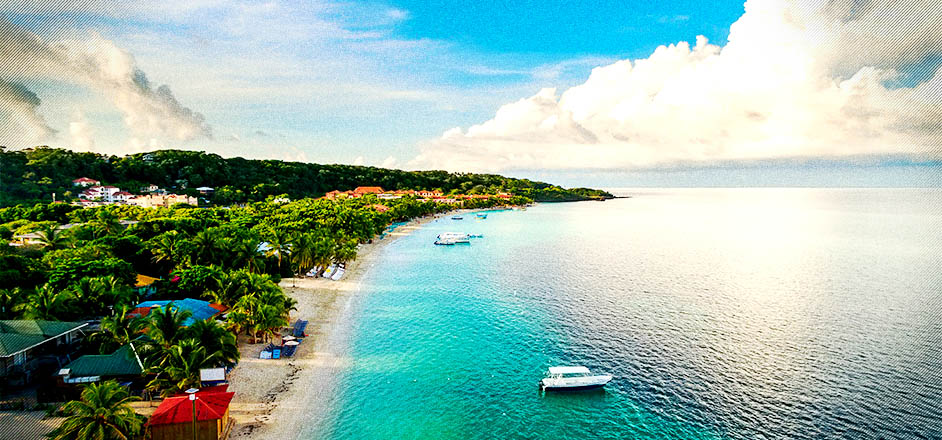Overall, the world is getting safer. But there are still some dangerous-ass countries out there where they're still committing murder like it's medieval times.
You probably expect the most dangerous countries to be war-wrecked rubble piles like Syria and Iraq.
But in fact, the places where you're most likely to die by the hand of your fellow human are beachy places with umbrella drinks, a lot them around the corner, in Central and South America and the Caribbean.
El Salvador, Honduras, Venezuela, the U.S. Virgin Islands and Jamaica are the five most murderous countries in the world per capita.
Of the top 24 killing-est places, 19 of them are in our hemisphere, including Belize, Brazil and the Bahamas, places you'd think would be too blissed out on sun and sangria to kill anyone.

We in America think a lot about the violence in Mexico as being the worst in the world. In Mexico, there are 3.7 murders every hour, or one nearly every 15 minutes. At the end of the first half of 2018, there were 15,973 killings, surpassing by 16 percent the historical record set last year, the Mexican Interior department said. If souls keep leaving bodies at this fast pace in the second half of 2018, Mexico will have a new all-time death rate.
But El Salvador's murder rate is four times higher than Mexico's, with 82 murders per 100,000 people in El Salvador, as opposed to 19 in Mexico.
(And for all the shooting at schools and gang banging and blasting in Chicago and Sandy Hook, America's murder rate is a quarter as much as Mexico's, at 5.35 murders per 100,000.)
This is a gender thing: men and boys do 84 percent of the killing worldwide.
What do the scariest places have in common? Often it's a drug thing. The South and Central America and Caribbean homicide rates are coked up, methed up and messed up. In Honduras and El Salvador, for example, some 75 percent of U.S.-bound cocaine slides through, and gangs slit each others' throats to control trade routes. As one gang edges into another's turf, they'll be answered back with gunshots and beheadings, with violence snowballing into violence, retribution distributions, murderous murderers murdering murderous murderers, plus a whole lot of femicides.

Often the high murder rates comes from the slimy residue of Colonialism. In Brazil, for example, they didn't outlaw slavery until 1888, and their slavery was even more head-bashing and whip-happy than ours, and the negative consequences of that trickle down through the generations. Now Brazil is the 12th most murderous place in the world.
(Asia and Europe tend to be the safest places; these are old-ass cultures that did away with slavery centuries ago and have had time to settle down.)
Income is a factor. Not just rich or poor, but the distance between the two. Income inequality corresponds to killing better than any other variable, said Martin Daly, author of "Killing the Competition: Economic Inequality and Homicide." Our hemisphere is often wildly split between rich and poor. African countries are often poorer than South American, but they don't have the wide discrepancy; when everybody's poor together, there might be a sense of solidarity.
The big lesson here? The danger isn't always where you think it is, and the bullets don't fly only in war zones. Maybe if you're going to Iraq, bring sunscreen, but if you're going to Honduras, bring a bullet-proof vest.



Leave a Reply
You must be logged in to post a comment.